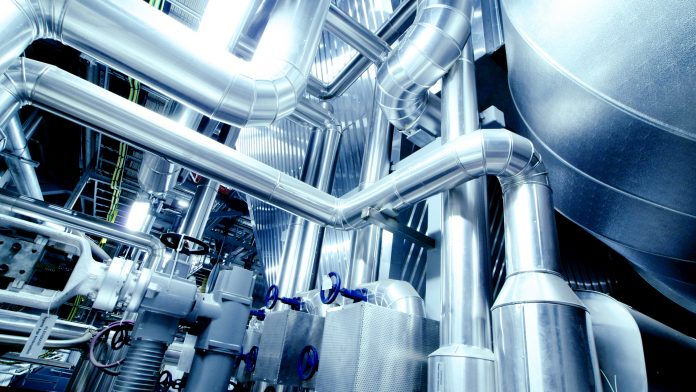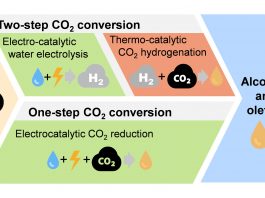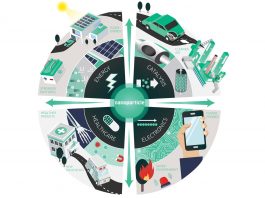Researchers at the National University of Singapore (NUS) have developed technology that can complete essential chemical reactions five times faster than expected.
Everything from the manufacture of fertilisers and plastics to liquid fuels and pharmaceuticals necessitates a significant chemical reaction called hydrogenation. This is a method that entails the addition of hydrogen to unsaturated chemical bonds. Increasing the rate of hydrogenation can result in greater yields for industries and reduce environmental impacts.
A group of scientists at the Department of Chemical and Biomolecular Engineering at NUS have developed a technique to enhance the rate of ethylene hydrogenation by more than five times than conventional industrial rates.
The team accomplished this by utilising an innovative new method. Contrasting the majority of hydrogenation processes that use a static solid catalyst to speed up the reaction, the method created by NUS researchers involves the application of oscillating electric potentials to a commercial hydrogenation catalyst, which massively improved the hydrogenation rate of ethylene to ethane.
The researchers’ novel work was published in the journal JACS Au.
“Such enhancements in the rates or selectivity of chemical reactions are instrumental in making a chemical process more efficient. Our work demonstrates a more direct and cost-effective way of optimising catalyst performance that is beyond conventional methods,” said Associate Professor Yan Ning, who led the research efforts.
The majority of catalysts have been developed during much greater time frames, but the development of new catalysts has generally been restricted to conventional material design approaches.
A few studies have demonstrated that catalysis can be supported by employing electric potentials to the catalyst. Although these techniques have previously enhanced the selectivity and activity of heterogeneous catalysts under static conditions, the utilisation of dynamic external stimuli has been underexplored.
The team’s results provide an advanced engineering tool using oscillating electric potentials to stimulate the rate of chemical reactions without the need for advancement of new catalytic materials.
In order to succeed, the group conducted tests with a commercial palladium catalyst in a laboratory-scale electrochemical reactor and observed a rate enhancement of five times under optimal dynamic conditions. They were able to correlate the rate enhancement with the double-layer capacitance – an indicator of the local electric field strength at the catalyst-electrolyte interface – by using various electrolyte solutions. The properties of the catalyst shifted intermittently and incessantly, which sped up the steps involved in the ethylene hydrogenation reaction.
The team performed additional kinetic tests, which indicated that the augmentation may be associated with the partial removal of strongly adsorbed hydrogen from the catalyst surface at a negative potential, and the following adsorption and hydrogenation of ethylene at a positive potential.
The researchers’ discoveries highlight the possibility of utilising oscillating potentials to enhance the catalytic rate of a moderately simple hydrogenation reaction. Another possible method could be expanded to control the activity and selectivity of a wide range of catalytic reactions.
Going forward, the team will further their research in order to attain a greater understanding of the fundamental principles behind their new method. They may also advance their approach into a general strategy for improving catalysts beyond their ‘static optimum’.









